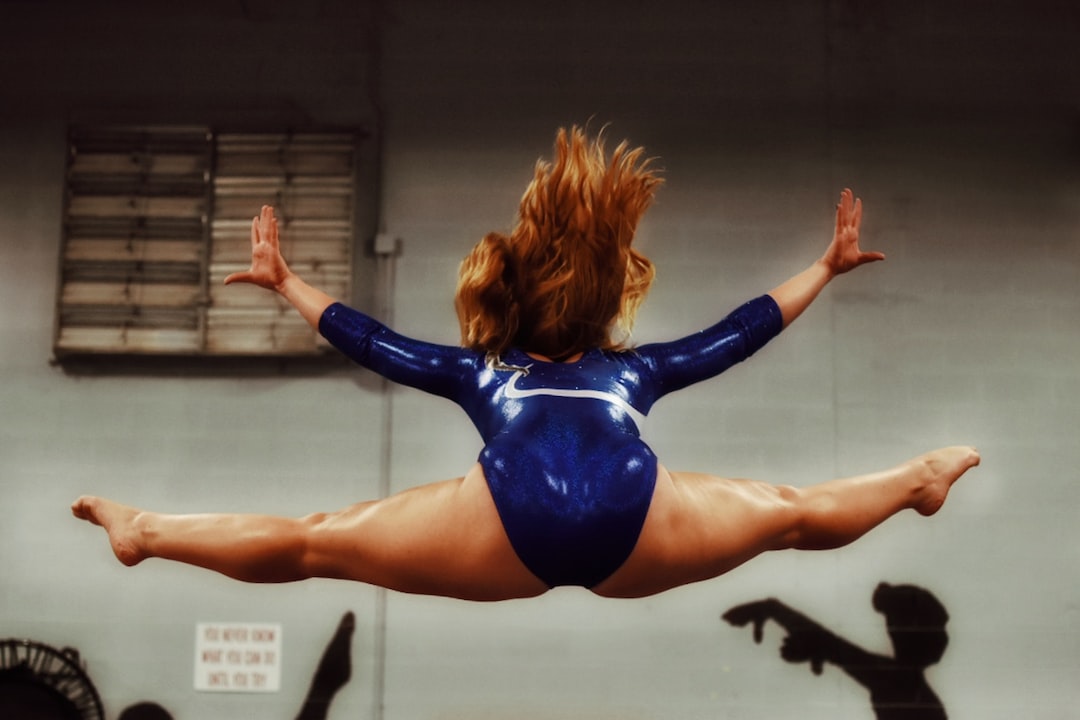Understanding the Different Types of Running Shoes and Choosing the Right Pair
When it comes to running, having the right pair of shoes can make all the difference. You wouldn’t wear high heels to go hiking, and the same goes for running. Wearing the wrong type of running shoes can lead to discomfort, inefficiency, and even injury. To help you make an informed decision, let’s explore the different types of running shoes and learn how to choose the right pair for your feet and running style.
1. Cushioned Running Shoes:
Cushioned running shoes are designed to provide maximum shock absorption. They are ideal for runners with a neutral gait or those who underpronate (roll their feet outward). These shoes have extra padding in the midsole and often come with gel or air-filled pockets to enhance cushioning. Cushioned running shoes are great for long-distance runners as they provide excellent comfort and reduce the risk of impact-related injuries.
2. Stability Running Shoes:
Stability running shoes are built for runners who overpronate (roll their feet inward excessively). They have a combination of cushioning and support features to help correct the runner’s gait. These shoes usually have a medial post (a denser foam) on the arch side to reinforce stability and prevent overpronation. If you notice that your arches collapse inward, stability shoes may be the right choice for you.
3. Motion Control Running Shoes:
Motion control running shoes are designed for severe overpronators who need maximum support and stability. These shoes have a stiff sole and a lot of medial support to keep the foot in a properly aligned position during the running motion. They are heavier and have less cushioning than other types of running shoes. If you have flat feet or severe overpronation, motion control shoes could be the answer to improving your running form.
4. Minimalist Running Shoes:
Minimalist running shoes, also known as barefoot shoes or zero-drop shoes, promote a more natural running experience by allowing the foot to function as it would without shoes. They have minimal cushioning, a thin sole, and a low heel-to-toe drop. Minimalist shoes are best suited for experienced runners with strong feet and who have gradually transitioned to a forefoot or midfoot striking pattern. It’s essential to ensure a slow and gradual transition to avoid potential injuries.
5. Trail Running Shoes:
For those who enjoy off-road running, trail running shoes are a must-have. These shoes are designed to handle the challenges of uneven terrain, including rocks, mud, and roots. Trail running shoes usually have a more aggressive outsole with deep lugs for enhanced traction. Additionally, they offer increased stability and protection to prevent injuries caused by rocks or other debris on the trail.
When choosing the right pair of running shoes, consider the following tips:
1. Get a proper professional fitting:
Visit a specialty running shoe store where experts can analyze your gait, foot shape, and other factors to help you find the perfect shoe for your needs. This will ensure maximum comfort and reduce the risk of injury.
2. Try different brands and models:
Don’t be afraid to try different brands and models. Each brand has its own unique features and designs, so it’s essential to find the one that is the most comfortable for you.
3. Consider your running style and distance:
Think about your running style, whether you are a beginner or a seasoned runner, and choose shoes that match your specific needs. For example, if you’re a long-distance runner, prioritize cushioning and comfort.
4. Replace your shoes regularly:
Running shoes have a limited lifespan, and their cushioning and support diminish over time. Aim to replace your shoes every 300-500 miles or when you start to notice signs of wear and tear.
In conclusion, choosing the correct running shoes is crucial for a comfortable and injury-free running experience. By understanding the different types of running shoes and considering your personal needs, you can find the perfect pair that will support and enhance your running performance. So lace up your shoes, hit the roads or trails, and enjoy the incredible feeling of running with the right pair of shoes for you!

